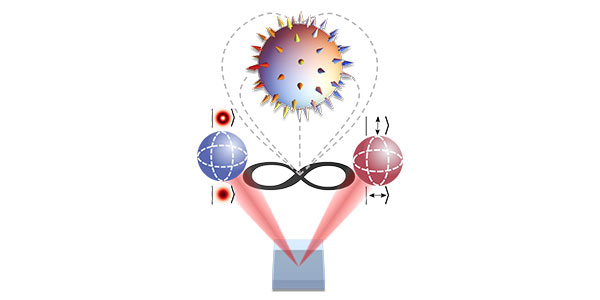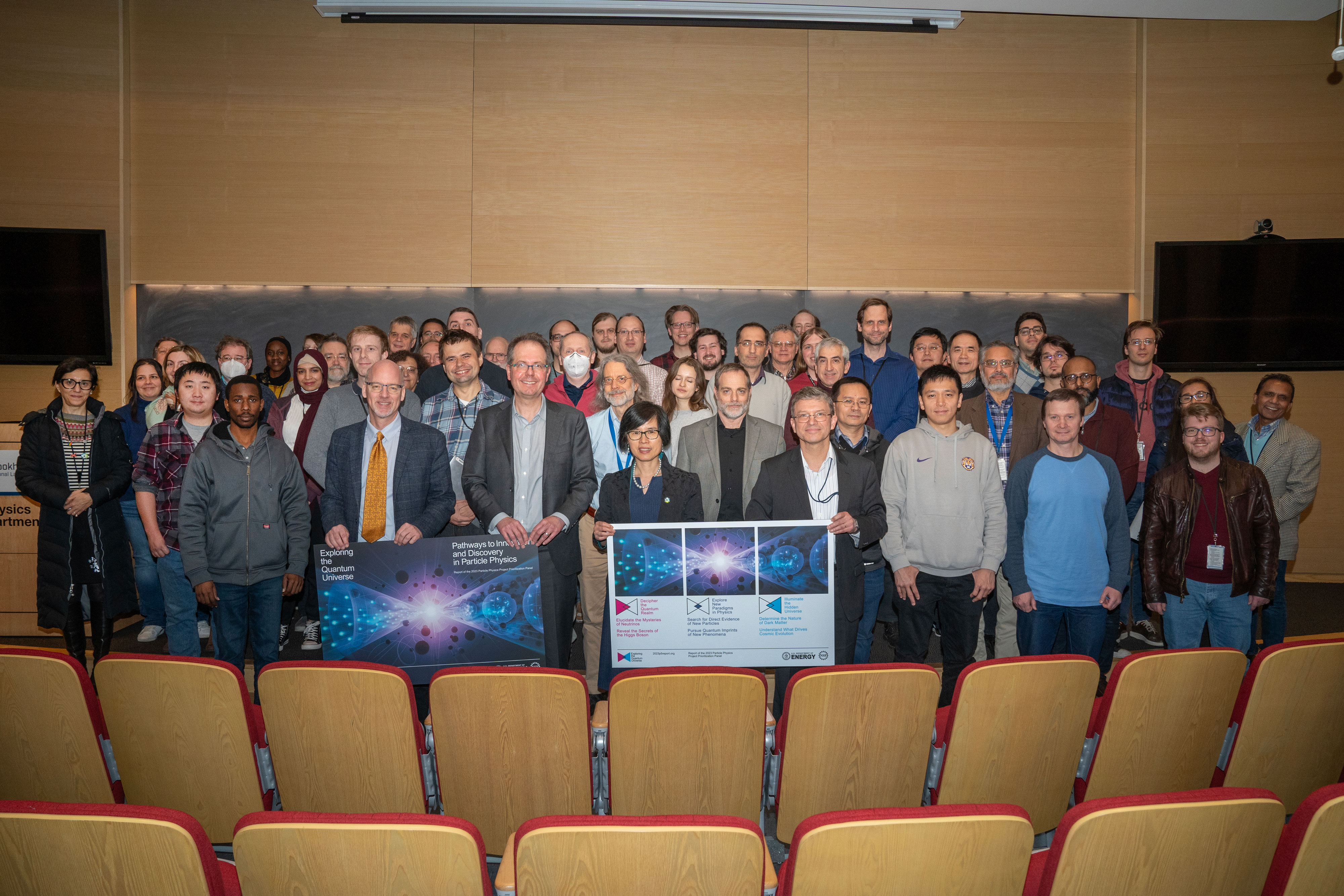UC Irvine scientists make breakthrough in quantum materials research
University of California, IrvineIrvine, Calif., Jan. 31, 2024 — Researchers at the University of California, Irvine and Los Alamos National Laboratory, publishing in the latest issue of Nature Communications, describe the discovery of a new method that transforms everyday materials like glass into materials scientists can use to make quantum computers.












































